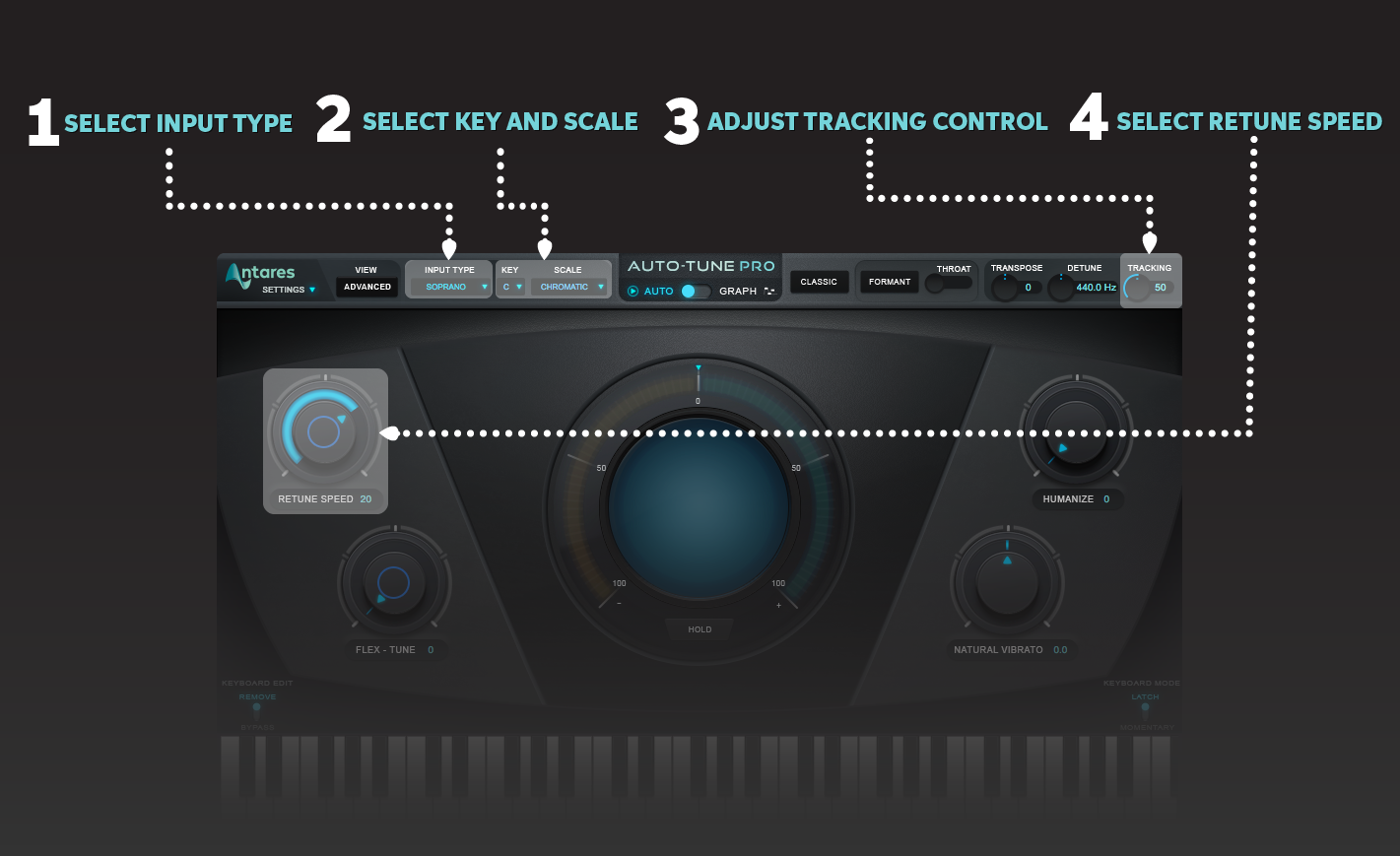- Can You Use An Ipad For Auto Performance Tuning Tool
- Can You Use An Ipad For Auto Performance Tuning Upgrades
GPS Lap Timing + Datalogging + Video
Turn your smartphone into a powerful motorsports telemetry and video system.
See your lap times instantly, capture video and telemetry data, analyze laps and data, and impress your fans with video+data overlays!
Our thorough processes will graph results and yield analytical results. We can also determine if you are losing boost in the intercooler (pressure drop) or elsewhere in the charge system. Our dyno is available for tuning sessions or dyno days for clubs or race teams starting at $150/hour with a two hour minimum. Discount available for full-day. CoachTuner, the best tuner app is a FREE chromatic instrument tuner that allows you to quickly tune your guitar, bass and ukulele using the built-in mic of your iPhone/iPad/iPod. CoachTuner can tune acoustic or electric guitar, bass, ukulele. This instrument tuner app is easy to use for beginners and it's free. The easiest and most accurate.

Connect > Read > Edit > Write > Drive.
Quick and easy setup. Also works with compatible OBD-2 interfaces and vehicles to enable you to capture additional data channels like engine RPM, throttle position, temperatures, and more!
Offers easy WiFi transfer to RaceRender for even more video+data capability.
TRACK ADDICT
TECHNICAL SPECIFICATIONS and REQUIREMENTS
- Road Course, Autocross, Rally, Drift, 4×4, and Drag Racing
- Race Timing + Data Logging + Analysis + Video
- Works Almost Anywhere! 1000+ Predefined Circuits, or Add Your Own
- Integrated GPS Lap Timer & Display with Predictive Timing (Circuit mode)
- Sector Split Timing & Theoretical Lap Time (Circuit mode)
- High-Definition Video Recording + Data Overlay
- Lap, GPS, G-Force, and OBD-II Data Logging
- Driving Line Analysis, Statistics, Data Graphs, and Run / Lap Comparison
- Optional Live Telemetry Streaming via Live.RaceRender.com (requires upgrade)
- Also Supports External GPS and OBD-II Devices
- OBD-II Live Monitor, Code Scanning / Reset, and Data Logging
- Easily exports Data and Video to RaceRender
iPhone & iPad Version (iOS)
Free Edition provides most of the features at no cost, but is limited to storing three recordings, and does not include live telemetry. Pro Edition removes those limitations and gives you every feature currently available from this app. It is available either as a low-cost in-app purchase, or as a separate app.
Android Version
HP Tuners has made most of this app's features available for free! For users desiring even more advanced capabilities, the Upgrades tab offers additional features that can be purchased.
Advisories and Disclaimers
Always drive safely. Intended for responsible use in a controlled motorsports environment. Use at your own risk. iOS version requires at least Apple iOS 10. iOS 11 or newer is recommended. Android version requires at least Android 4.1. Android 5.1 or newer is strongly recommend. Some features may require more than these minimums. Future releases may have different minimum requirements. Works on iPhone and compatible GPS-enabled Android, iPad, iPad mini, and iPod touch devices. Devices which do not contain suitable GPS hardware may work when combined with a compatible external GPS device. This app's performance depends on good GPS reception conditions, and may vary. Features, capabilities, and pricing may differ between platforms and devices, and are subject to change at any time. OBD functionality is optional, and would require a supported OBD-II interface device and a compatible OBD-II compliant vehicle. Device compatibility differs between iOS and Android versions. Use of the Live Telemetry Streaming feature is optional and requires a premium upgrade. Services are provided as-is, and are subject to change or discontinuation at any time. Using this functionality has privacy implications, and will transmit your data over an Internet connection. Please read this app's online documentation and the notices at http://Live.RaceRender.com before enabling its use. Use is subject to your wireless carrier and/or Internet provider's data limits and rates.Continued use of GPS running in the background can dramatically decrease battery life.
Other Notices
Third-party product names, brand names, and/or depictions are trademarks of their respective owners.
They are used for compatibility information and demonstration purposes, and do not represent any endorsement or affiliation.
iPhone, iPad, and iPod touch are trademarks of Apple Inc., registered in the U.S. and other countries.
App Store is a service mark of Apple Inc.
Android is a trademark of Google Inc.
Related products
Brian SumpterWhile there is no magic bullet for MySQL tuning, there are a few areas that can be focused on upfront that can dramatically improve the performance of your MySQL installation. While much information has been published on this topic over the years, I wanted to break down some of the more critical settings that anyone can implement with no guesswork required.
Depending on the version of MySQL you are running, some of the default values used in this post may differ from your install, but the premise is still largely the same.
Initial MySQL performance tuning can be broken down to the following categories:
- Tuning for your hardware
- Tuning for best performance / best practices
- Tuning for your workload
Tuning MySQL for Your Hardware
Depending on the hardware you have installed MySQL on, some variables need to be set based on the machine (or VM) specifications. The following variables are largely dependent on your hardware:
innodb_buffer_pool_size
- Generally, set to 50% – 70% of your total RAM as a starting point.
- It does not need to be set any larger than the total database size.
- Percona Monitoring and Management (PMM) can offer additional insight, showing your buffer pool usage and allowing you to tune accordingly.
innodb_log_file_size
- This is generally set between 128M – 2G.
- Should be large enough to hold at most an hour or so of logs.
- This is more than enough so that MySQL can reorder writes to use sequential I/O during the flushing and checkpointing processes.
- PMM can offer additional insight, as if you are using more than 50% of your log space, you may benefit from a log file size increase.
innodb_flush_log_at_trx_commit
- Setting to “1” (default in 5.7) gives the most durability.
- Setting to “0” or “2” will give more performance, but less durability.
innodb_flush_method
- Setting this to O_DIRECT will avoid a performance penalty from double buffering.

MySQL Tuning for Best Performance/Best Practices
innodb_file_per_table
- Setting this to “ON” will generate an independent InnoDB table space for every table in the database.
innodb_stats_on_metadata

- Setting this to “OFF” avoids unnecessary updating of InnoDB statistics and can greatly improve read speeds.
innodb_buffer_pool_instances
- A best practice is to set this to “8” unless the buffer pool size is < 1G, in which case set to “1”.
query_cache_type & query_cache_size
- Setting both of these to “0” will entirely disable the query cache.
Tuning for Your Workload
To tune further, more information will be required. The best way to gather this information is to install a MySQL monitoring / graphing tool like Percona Monitoring and Management platform. Once you have a tool installed, we can dive into the individual metrics and start customizing based on the data.
I would recommend starting with one of the most impactful variables – the innodb_buffer_pool_size. Compare the RAM and number of free pages on your instance to the total buffer pool size. Based on these metrics, you can determine if you need to increase or decrease your overall buffer pool size setting.
Next, take a look at your metrics for the InnoDB Log File usage. The rule of thumb is that your log files should hold approximately one hour of data. If you see that your data written to the log files hourly exceeds the total size of the log files, you would want to increase the innodb_log_file_size variable and restart MySQL. You could also verify with “SHOW ENGINE INNODB STATUS;” via the MySQL CLI to assist in calculating a good InnoDB log file size.
Can You Use An Ipad For Auto Performance Tuning Tool
Other Settings
Other InnoDB settings that can be further tuned for better performance are:
innodb_autoinc_lock_mode
- Setting this to “2” (interleaved mode) can remove the need for an auto-inc lock (at the table level) and can increase performance when using multi-row insert statements to insert values into a table with an auto increment primary key. Note that this requires either ROW or MIXED binlog format.
innodb_io_capacity / innodb_io_capacity_max
- These settings will impact your database if you are utilizing a write-heavy workflow. This does not apply to read (SELECT) traffic. To tune these values, it is best to know how many iops your system can perform. It is a good idea to run sysbench or another benchmark tool to determine your storage throughput.
- PMM can offer additional insight, showing your IO usage and allowing you to tune accordingly.
In Summary
While this is by no means a comprehensive article on MySQL tuning, the suggestions above should clear some of the low hanging fruit and get your system closer to an ideal setup. As with all database tuning, your process should be an ongoing one based on current information.
- Examine the settings proposed above, and implement if they make sense for your environment/workload.
- Install a good monitoring tool to give insight into the database (Percona Monitoring and Management is our suggestion).
- Stay current on your monitoring graphs to determine other areas where you may need to tune.
Can You Use An Ipad For Auto Performance Tuning Upgrades
Our solution brief “Get Up and Running with Percona Server for MySQL” outlines setting up a MySQL® database on-premises using Percona Server for MySQL. It includes failover and basic business continuity components.

